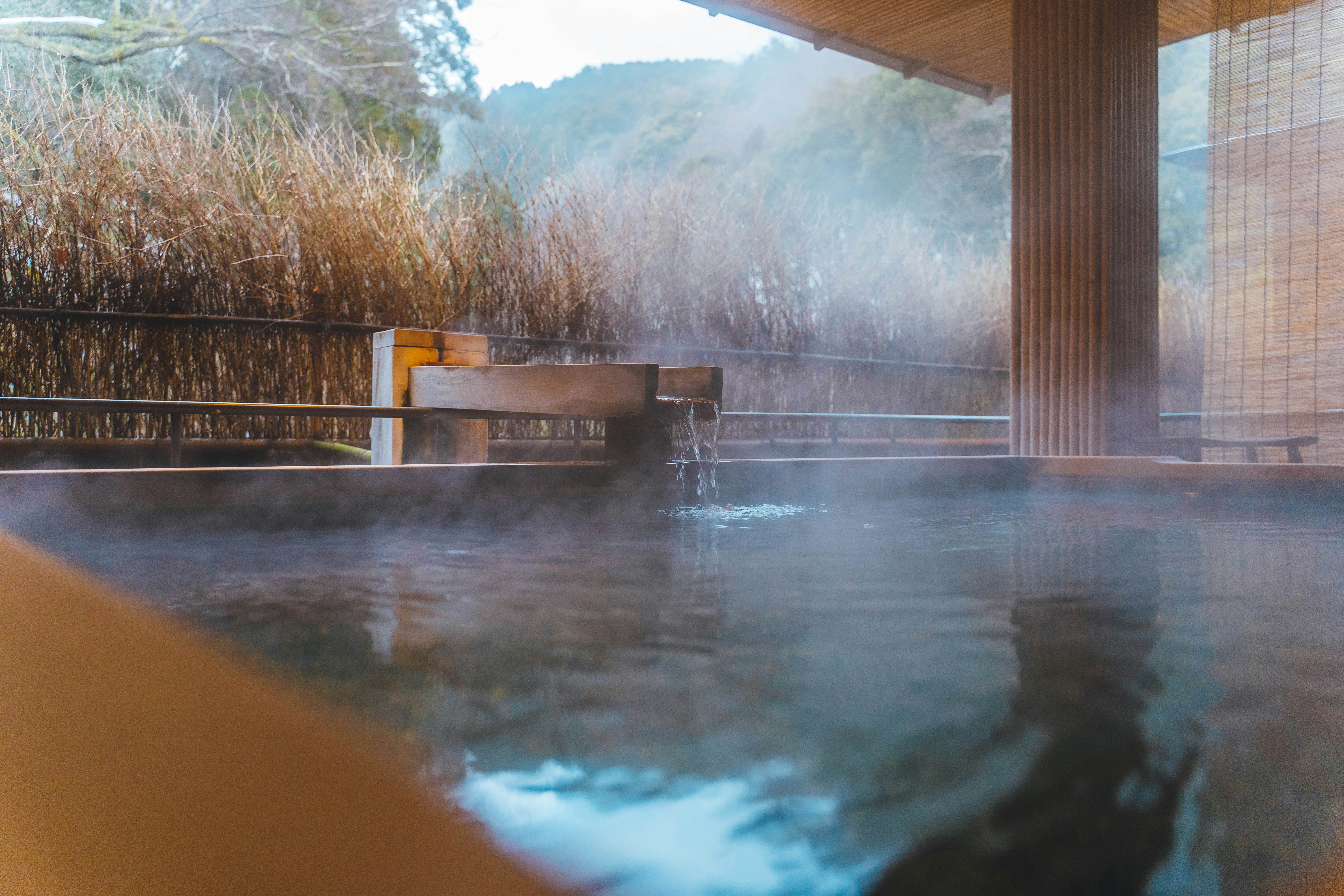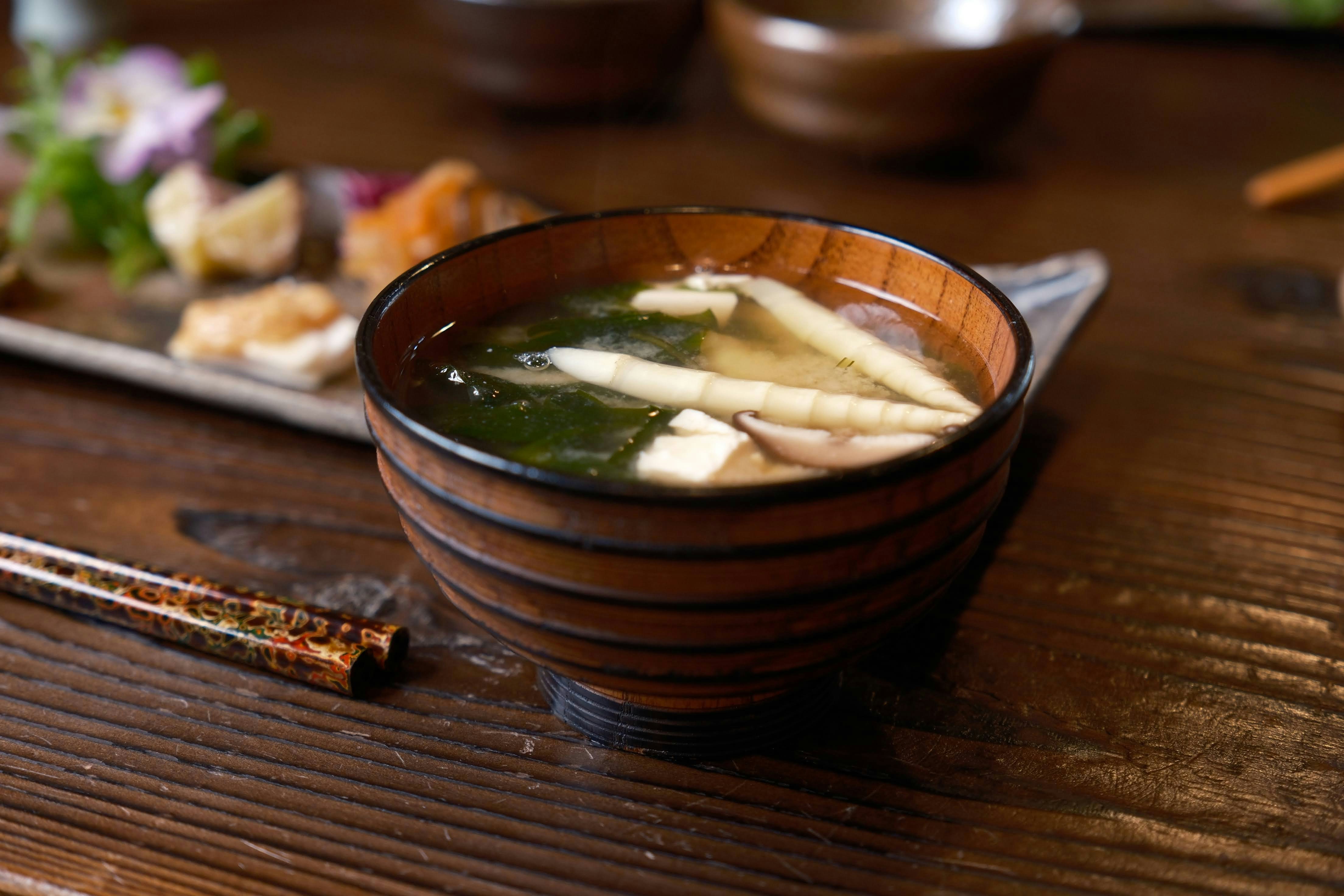Ryokan Buyouts and Tatami Dining Dynamics
Author
Shun
Date Published

Booking a traditional ryokan for a group incentive or leadership retreat offers serenity, authenticity, and exclusivity. Yet these properties operate by rules rooted in custom rather than convenience. Room setups, bathing practices, and curfew timings must align with the rhythm of the inn. Success lies in planning that honors tradition while ensuring program efficiency.
This guide explains how to use ryokans without operational friction. It covers room capacities, curfews, tatami seating, dining etiquette, menu coordination, and buyout budgeting so planners can deliver memorable and compliant programs.
Capacity, Room Types, and Bathing Etiquette
Ryokans are designed for smaller groups and calm environments. Most rooms use tatami flooring and futon bedding, arranged nightly by staff. Bathing areas require modesty and awareness of shared customs. Cleanliness before entry, quiet conversation, and alternating schedules for gender use are standard expectations.
Key points:
- Confirm capacity by futon arrangement rather than listed rooms.
- Reserve alternating private bathing times for group use.
- Provide pre-arrival etiquette notes in English and Japanese.
- Assign a staff liaison to guide first-time guests.
Checklist for planners:
- Verify sleeping and bathing configurations in writing.
- Request onsen hours reserved for exclusive use.
- Share bilingual rooming lists with preferences.
- Include a short etiquette briefing at check-in.
I use this clause for events hosted at onsen or ryokan venues:
The Organizer shall respect all bathing and room-use rules established by the Property, including gender-based onsen scheduling and quiet-hour standards. Any deviation must be pre-approved in writing by the Property Manager.

Confirm sleeping setup, bathing rotation, and written permissions before contracting.
Noise and Curfew Policies
Quiet hours are central to ryokan culture. Traditional wooden walls offer little sound insulation, and staff operations often pause overnight. Even full buyouts must observe curfews governed by local norms and safety codes.
Key points:
- Evening programs should conclude by 9:30 p.m.
- Keep music at conversational levels.
- Garden and outdoor areas close at curfew.
- Alcohol service stops when curfew begins.
Checklist for planners:
- Schedule performances earlier in the evening.
- Reflect curfew limits in vendor contracts.
- Offer in-room late snacks instead of extended bar hours.
I use this clause to manage noise and curfew compliance at venues:
The Organizer agrees to conclude all amplified activities by 9:30 p.m. and to follow the Property’s curfew schedule. Any request for extension must be submitted two weeks in advance for written approval.
Align event flow and vendor timings with local curfew policies.
Tatami Seating and AV Limitations
Tatami spaces reflect simplicity and harmony. Equipment setup must preserve this aesthetic and protect the flooring. Heavy fixtures or visible cables can damage mats or breach preservation codes.
Key points:
- Confirm ceiling height and outlet positions before planning.
- Use compact wireless systems to minimize disruption.
- Provide low chairs for long programs.
- Remove shoes before entering any tatami space.
Checklist for planners:
- Lay protective mats under all electronic gear.
- Confirm allowable weight per area with venue staff.
- Conduct a joint site inspection with AV team and property manager.
I use this clause for setups on tatami floors:
All equipment installed on tatami surfaces shall include protective coverings. The Contractor shall restore all flooring to original condition at its own expense if damage occurs.

Submit and approve detailed floor and equipment plans before load-in.
Menu Design and Dietary Accommodations
Kaiseki dining highlights seasonality and precision. However, planners must adapt menus to dietary preferences and allergy requirements without losing authenticity.
Key points:
- Collect all restrictions at least two weeks in advance.
- Confirm use of separate utensils for allergies.
- Prepare bilingual printed menus for transparency.
- Schedule preview tastings where possible.
Checklist for planners:
- Gather dietary data during registration.
- Request ingredient verification from the kitchen.
- Confirm bilingual presentation and service sequence.
I use this clause to ensure dietary and allergen compliance:
The Property shall provide customized menus reflecting dietary disclosures submitted by the Organizer fourteen days before arrival. Failure to accommodate declared allergens shall constitute a service breach.

Finalize bilingual menus and allergy coordination with the chef two weeks prior.
Sample Buyout Budget
Ryokan buyouts typically bundle lodging, meals, and exclusive service. The model below reflects a two-night retreat for 50 guests in Hakone.
Category | Estimated Cost (JPY) | Notes |
|---|---|---|
Property Rental | 2,400,000 | Rooms, futon setup, and service charge included |
Meals | 1,000,000 | Two dinners and two breakfasts |
Cultural Program | 300,000 | Tea ceremony and performance |
Transportation | 250,000 | Charter bus from Tokyo |
Miscellaneous | 150,000 | Permits and contingency |
Checklist for planners:
- Request full-package quotes including service fees.
- Confirm deposit schedule and refund conditions.
- Review tax inclusions and legal invoicing.
I use this clause to confirm booking terms and payment schedules:
All quoted rates include lodging, meals, and service charges unless otherwise noted. The Organizer shall remit a fifty percent deposit to secure exclusive use, with the remainder due fourteen days before arrival.
Confirm payment milestones and issue a deposit confirmation with the property.
FAQs
1. Can mixed bathing be arranged for private groups?
Some properties permit alternating exclusive use but still maintain gender separation during public hours.
2. Can traditional rooms be adapted for Western seating?
Yes, low tables and riser chairs can be used if tatami mats are protected.
3. Is alcohol service allowed during dinners?
Yes, within curfew hours and with staff supervision.
4. How early must meal details be confirmed?
At least fourteen days before arrival for ingredient preparation.
5. What is the standard deposit policy for buyouts?
Fifty percent deposit upon confirmation and final payment two weeks before arrival.
Conclusion
A ryokan buyout succeeds when planners harmonize event objectives with traditional operations. These properties embody calm hospitality and require structured communication, respect for timing, and full documentation of agreements. Every detail from futon setup to dining sequence reflects cultural precision.
Work closely with the ryokan team, brief your participants on etiquette, and confirm operational permissions well ahead. This partnership ensures privacy, comfort, and seamless flow while preserving the authenticity that defines Japan’s inn culture.
Plan your next ryokan event with confidence. To receive vetted venue options, rooming templates, and bilingual coordination tools for seamless traditional programs, share your RFP with us.